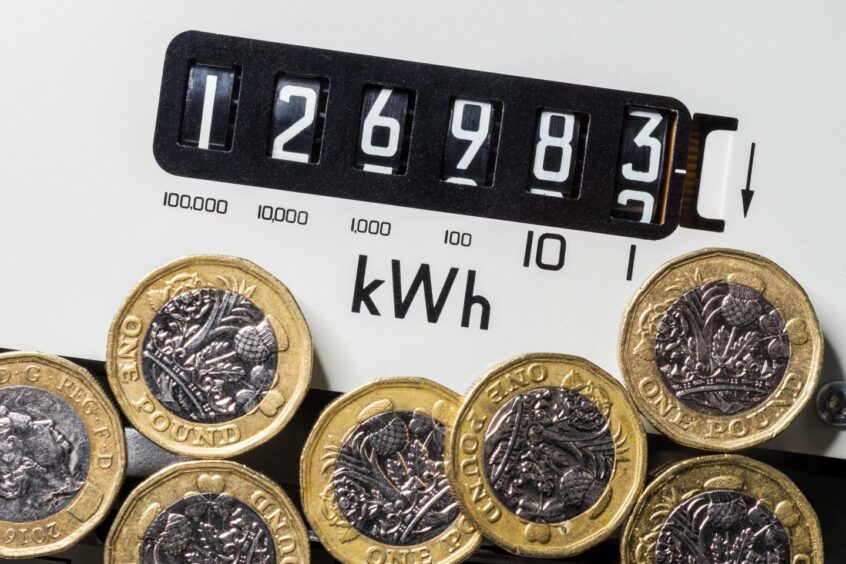
The decision by the UK energy regulator Ofgem to give themselves the ability to change the default energy price cap in the event of extraordinary circumstances raises questions about the future of the UK energy market and how effectively it works for smaller suppliers and customers.
It’s understandable why Ofgem have chosen to amend their powers in this way. Sudden spikes in the wholesale cost of gas after the October 2021 cap was set (in August 2021) led to suppliers being forced to sell energy for less than they paid for it. This was undoubtedly a contributing factor to the collapse of more than 25 energy suppliers in the months since, even if the firms themselves were criticised for being underprepared by some commentators and experts.
So, Ofgem can now amend the cap outside of the six-month schedule in exceptional circumstances. These circumstances will be assessed on a case-by-case basis, although the criteria for deciding whether to make a change is highly qualitative. An event must be rare, caused by something other than energy suppliers themselves and suppliers must not be able to reasonably avoid it. Plus, the event must impact the costs of supply and require urgent intervention to avoid long-term harm.
This criteria for deciding whether to step in seems subjective to external eyes, and it isn’t difficult to identify some tensions in the way it could be applied. Larger energy providers have the reserves to buy plenty of energy well in advance, insulating them from the sudden market shocks that can push smaller providers to the brink. What could be seen as something unavoidable for a smaller supplier could therefore be seen as a matter of routine business for a larger one.
This has the potential to penalise small suppliers who don’t have the financial backing of the big names but seek to offer competition and a better experience to customers. As an example, People’s Energy were a Community Interest Company (CIC) paying a Living Wage to their employers and giving 75% of their profits back to members before their collapse in 2021.
If Ofgem applies their qualitative criteria to protect the energy market if big names are struggling but not to protect smaller players, doesn’t this create a situation where some companies are deemed too big to fail and smaller suppliers bringing something different to the marketplace are expendable? Ofgem say they will only act if there is set to be long-term or enduring harm to the energy market, so would the collapse of more smaller providers and the possibility of customer choice shrinking fall into that category?
In the case of these new Ofgem powers, it might be said they are shutting the stable door after the horse has bolted anyway. The time for these powers was arguably six months ago and the opportunity to prevent suppliers collapsing was missed.
However, a further consultation brought forward by Ofgem aims to make further amendments to how the cap is calculated. Their preferred option is to shorten the cap period from six months to three months with a single month’s notice before changes kick in. That would mean quarterly shifts in tariffs for suppliers and customers, giving Ofgem the opportunity to respond to changes in the wholesale energy market.
What about consumers?
This has the potential to solve a problem for Ofgem since they have been accused of inaction during the 2021/22 energy crisis. Suppliers may also welcome the changes as they would more closely align with the costs being paid for energy and would reduce the possibility of them being forced to sell energy at a loss. But what about customers in all this?
To reiterate, the energy price cap was introduced in 2019 to offer protection to customers and make sure suppliers weren’t overcharging for energy. Over the past three years, it has also offered certainty to households. For six months of the year, the maximum price per unit of energy wasn’t going to change and if a customer needed to cut their bills, turning the heating down or changing their behaviour could make a tangible difference for the rest of that price cap.
Under the proposed quarterly cap alterations, customers might justifiably ask whether it benefits them at all. Yes, the cap will still stop energy providers increasing their variable tariffs by eye-watering amounts as we saw pre-2019, but a three-month period where prices are fixed followed by the uncertainty that they might go up again is unlikely to be reassuring to customers struggling to budget for the months ahead.
It must be conceded that the price cap has gone up and down since its introduction in 2019, benefiting customers who have seen their bills decrease by a few hundred pounds. However, with the current crisis in wholesale gas prices set to continue into 2023 and even beyond, it’s difficult to see how quarterly cap realignments can do much more than compound the uncertainty that Ofgem’s decision to amend the cap in extraordinary circumstances has now created.
Lyndsey Burton is managing director of comparison site Choose.co.uk.
Recommended for you

 © Supplied by Choose.co.uk
© Supplied by Choose.co.uk